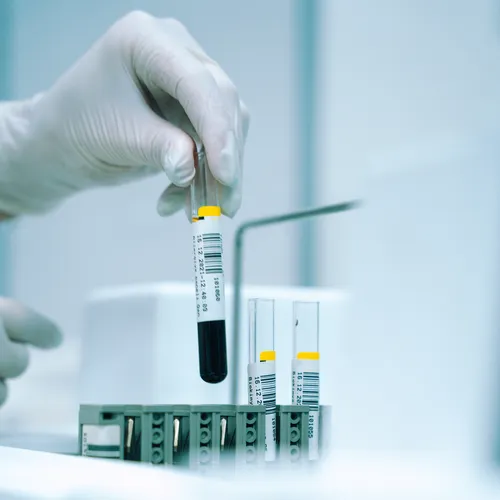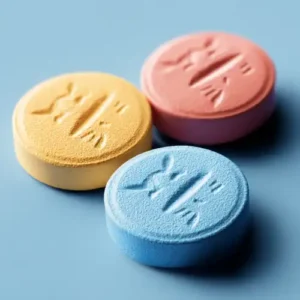Adulterating a sample means adding something to make it of poorer quality. People adulterate drug test samples to get incorrect results. Understanding why and how people adulterate samples can improve prevention and detection.
Three Main Ways People Tamper With Samples
The main tampering methods are:
- Substituting drug-free urine as their sample
- Diluting the sample with fluids to hide drug traces
- Adding compounds directly to the sample to impede testing
Diluents include large amounts of fluid. Adulterants directly alter test results. Bluing tablets can as serve an important purpose in the collection of urine samples. By turning the toilet water blue, the tablets prevent urine specimens from being diluted with water from the toilet tank.
Detecting Tampered Samples
Check these five signs of an adulterated sample:
Temperature
Urine should be 32-38°C (90-100°F) up to four minutes after collection. Higher or lower suggests tampering. Experienced collectors often spot substituted samples quickly, as body-temperature urine cools rapidly when stored in hidden containers.
Odour
Bleach, soap, alcohol etc have strong smells indicating adulteration attempts. Your nose knows best – authentic urine has a distinct natural scent that’s hard to replicate.
Appearance
Bubbles suggest soap; residues indicate other solids were added. Even subtle changes in colour or clarity can tip off an experienced technician to potential tampering.
Specific gravity
Normal urine ranges from 1.003-1.035. Higher/lower often means dilution. Drinking excessive water before testing isn’t as clever as some people think – it leaves telltale markers.
pH
Urine pH is typically 3-11. Outside this range suggests tampering. While some foods can affect pH slightly, dramatic shifts usually point to chemical interference.
Confirm With Validity Testing
Validity tests check for expected urine contents like creatinine, plus specific gravity and pH. An abnormal result confirms adulteration.
Acting Against Attempted Deception
Understanding tampering methods better equips organisations to detect dodgy samples. However, enabling test evasion would be unwise and unethical. Rather than detailing adulteration techniques, the goal should be upholding accuracy and honesty.
Photo by Akram Huseyn on Unsplash
Zoom Testing is a leading UK drug testing company and a supplier of Drug Test Kits.
This post was originally published in 2015. It was last updated in November 2024.





